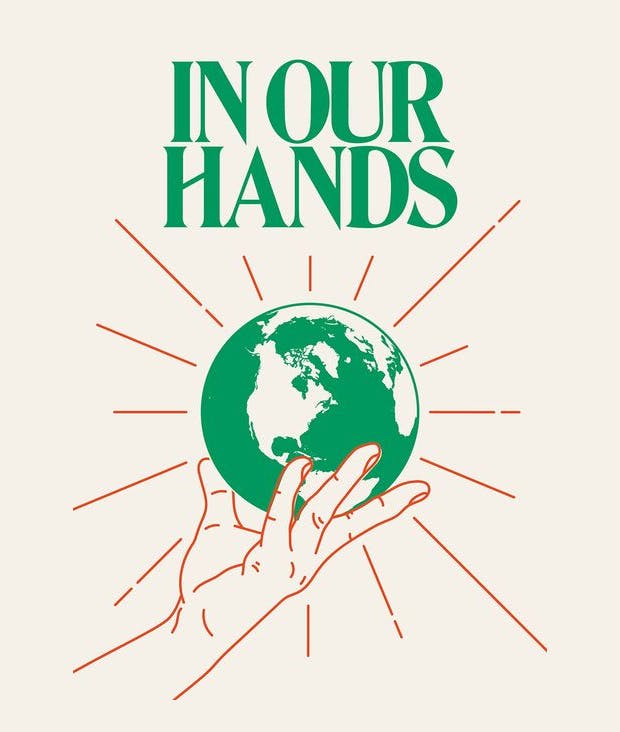If you were to donate £100 to a non-profit you deeply care about, how much of that figure would you like the end recipients to receive?
A) £50
B) £75
C) £100
Like most, I'm sure you’d answer C): most people want as much of the money they give to a non-profit (as is possible) to be spent on creating impact.
This is what we call The Impact Expectation.
And, many non-profits do strive to do this; prioritising impact above all else. However this leaves some, particularly the smaller ones, in a difficult bind: by committing to this model, they lose their capacity to innovate.
What does innovation mean?
Innovation means making changes to something established, ie. introducing new ideas, systems or products. When we talk about innovation in relation to non-profits, we mean helping them to optimise their impact by utilising the most efficient and effective tools and resources.
Why do charities have little capacity to innovate?
Innovation is, by nature, risky. And, by taking on risk (in order to create new ways to engage and drive donations from their current and prospective supporters), they would be breaking The Impact Expectation.
Charities stagnating in the era of technology:
Whilst technology has enabled organisations (broadly) to increase their efficiency and effectiveness, in many cases, non-profits get left behind.
This is demonstrated by UK statistics where, in 2016, over 70% of marketing spend activated by charities was on letters to people’s houses, a method that has "remained the charity sector's preferred means of advertising since at least 2006."
When arriving along with a litany of junk mail (and competing with new technology), this strategy is unlikely to be the most effective method of altruism.
On top of this -or by nature of this lack of innovation- charitable giving has stagnated since the 1970’s, and even had its first ever drop in 2016.
Engagement with- and donations to- non-profits is regressing, yet a large portion of them have no mandate from their donors to take on risk and innovate in an attempt to reverse this decline.
So, what’s the solution?
This is where for-profit companies can help. For-profit companies (especially those in tech) have the opposite mandate to charities:
Take on risk to build something with the aim of driving increased value and efficiencies for stakeholders.
If it fails, it fails, and no impact expectation is broken.
But take on risk and it works: the business, stakeholders and - most importantly - the non-profits, are rewarded.
A healthy paradigm for the future of giving:
If The Impact Expectation continues into the future, then we must help charities avoid breaking this expectation by providing them with the innovative technologies they need in order to survive and thrive in the era of technology within which they exist.
In our current system, the best way to provide this is for ‘for-profit’ companies to take on this risk for the charities; providing them with a service to help optimise their impact.
This is why we built Percent, and this is why we hope to see many more companies similarly providing charities with new innovative products, services and systems that will enable them to continue to help the people and causes who need it most.




